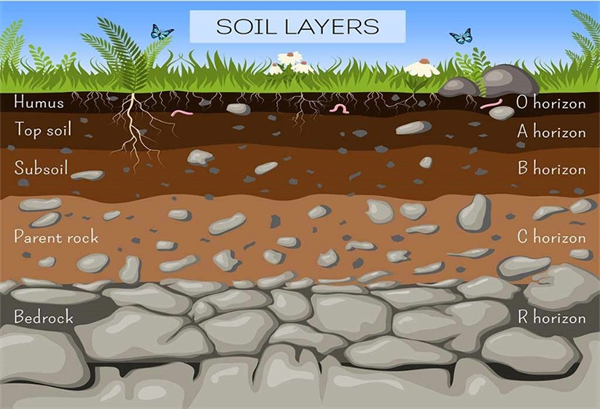-
Jan 12, 2022Lettuce Aphids Showing Up Early This Season
Lettuce aphids, Nasonovia ribisnigri, (aka., red aphid) have been found colonizing lettuce fields since mid-December in several locations throughout Yuma. In the desert, we typically associate lettuce aphid with the warm growing conditions in February and March. However, in the past few weeks, I've identified lettuce aphids infesting head and romaine lettuce in both organic and conventional production in Dome Valley, Gila Valley, Yuma Valley and across the river in Mexico. This is by far the heaviest I’ve seen lettuce aphids colonize lettuce in the desert this early in the season. Foxglove aphid is also being reported in the Yuma Valley, albeit at much lower abundance. Given their widespread incidence, Lettuce aphids likely came into the desert on one of the multiple flights of winged aphids we’ve reported from sticky traps this winter (see Areawide Trapping Network). Experience has taught us high temperatures in the 70-80's are ideal for population growth of these aphid species. Our local weather forecast suggests that high temperatures will be in the 70’s with moderate nighttime lows in the 50’s for the next two weeks. Assuming the weather service is correct, these conditions may be conducive for lettuce and foxglove aphid population growth. So be prepared to battle them.
A few things to remember about lettuce aphids relative to the other aphids we commonly see. First, the immature nymphs are small and have a red appearance, whereas the apterous (wing-less) adults are typically a large brown colored aphid with dark bands running across the abdomen (see images below). Second, among the crops we grow locally, lettuce aphids are only found on the lettuce types (Lactuca spp.). Lettuce aphids prefer to colonize the terminal growth, and can often be found in heads or hearts, whereas green peach aphids are often found on the frame leaves in high numbers before moving into the heads. Sampling should be focused on the terminal growth of young plants, and in the heads and hearts of older plants. Third, they can reproduce prolifically, producing many more alates (winged) adults than other species, which can quickly lead to widespread abundance in a field and dispersal throughout a growing area. Finally, as the saying goes "he who hesitates is lost". If lettuce aphids are found on your lettuce, it is recommended that you respond quickly with an insecticide treatment. The product of choice is Movento at 5 oz/ac. Because of its systemic activity, Movento will reach aphids in the protected terminal growth. Be sure to include a penetrating adjuvant for best results at a rate of at least 0.25% v/v. It normally requires about 7 days of activity before significant reduction in the infestation is observed but can take longer (10-14 days) in cool, cloudy weather. Sequoia and Sivanto are good rotational products if coverage of terminal areas can be attained. For more information on lettuce aphid please refer to Lettuce Aphid on Spring Produce-2022. If you’re finding lettuce aphid on organic lettuce, good luck; we’ve not had much success in controlling them with available biopesticides. To contact John Palumbo go to: jpalumbo@ag.Arizona.edu
To contact John Palumbo go to: jpalumbo@ag.Arizona.edu




















